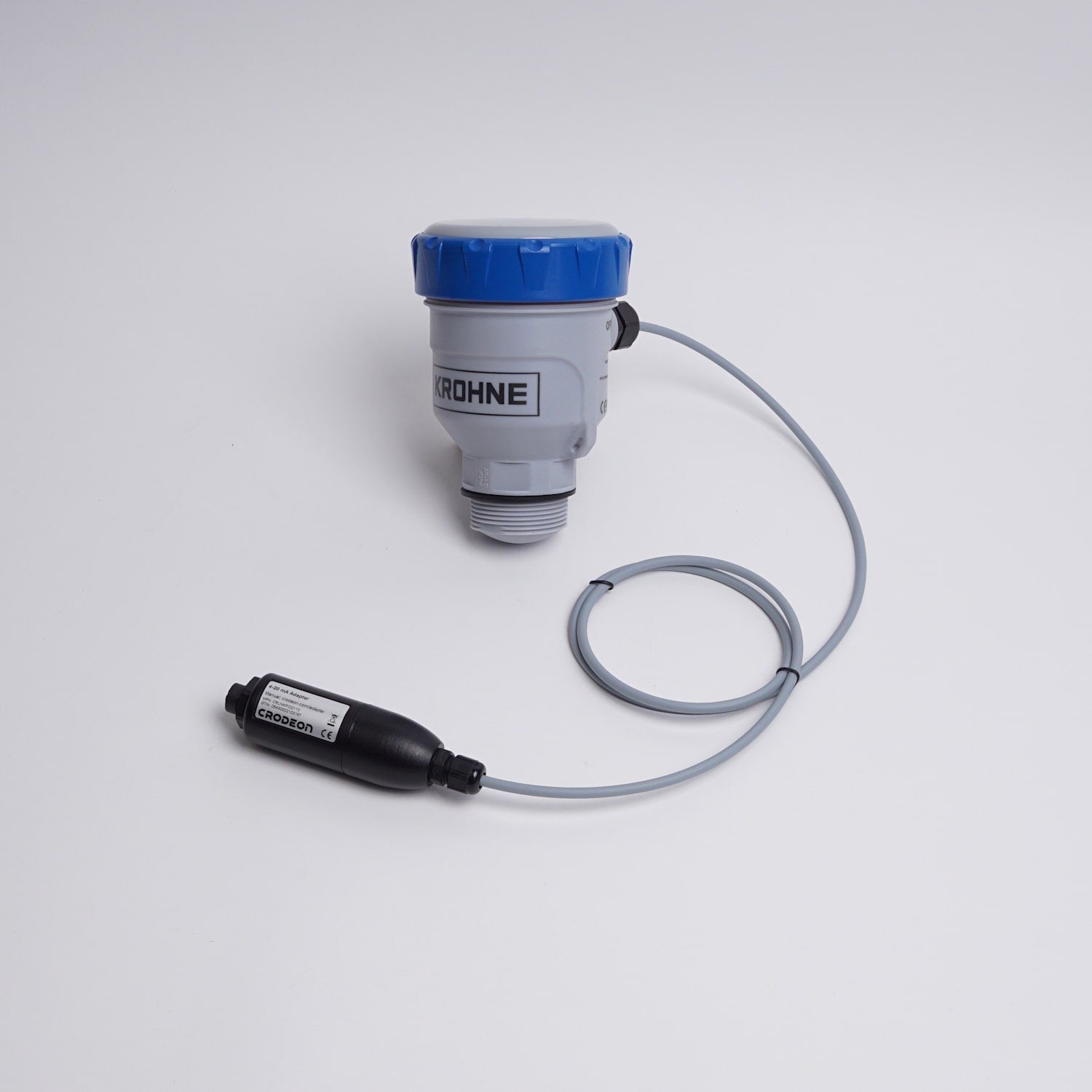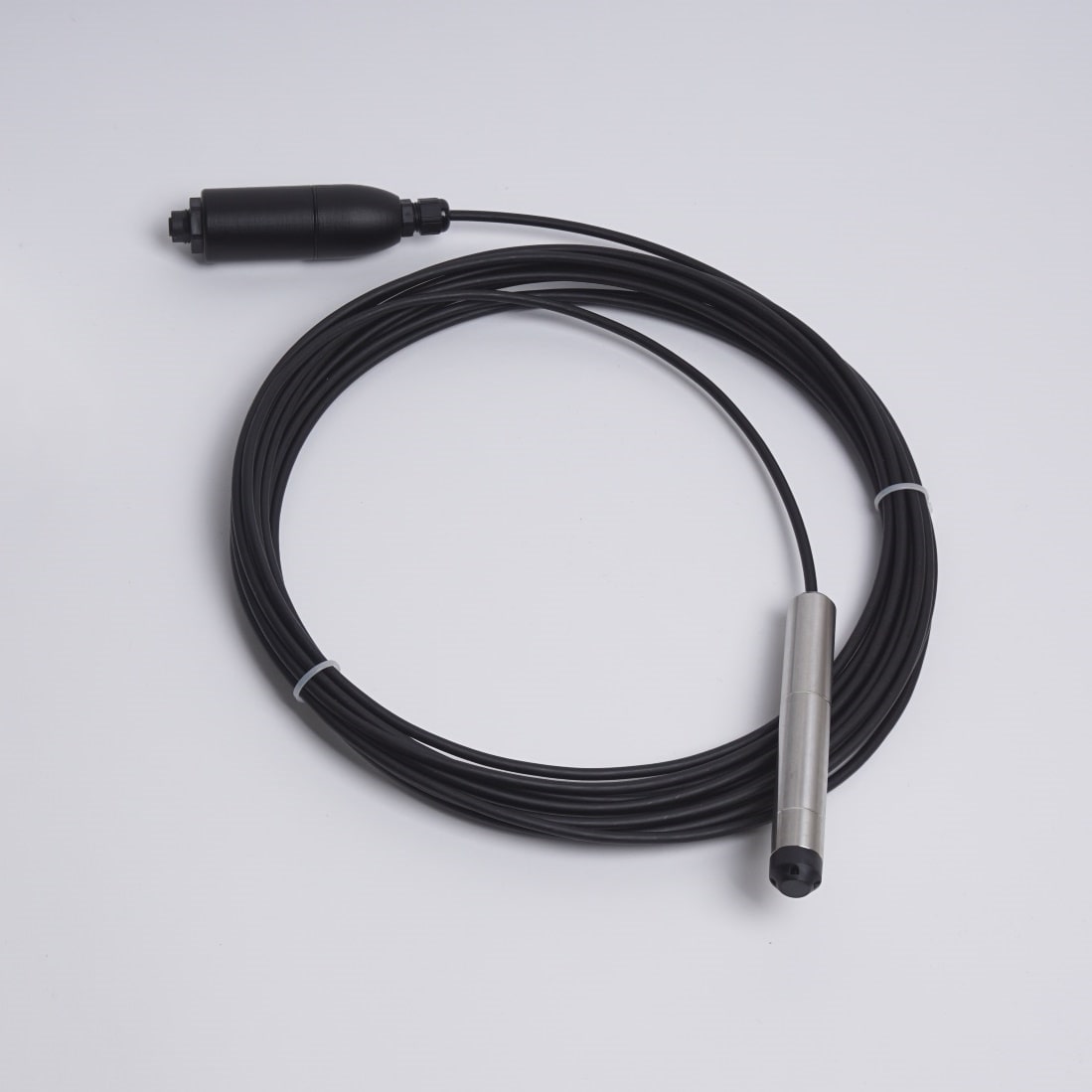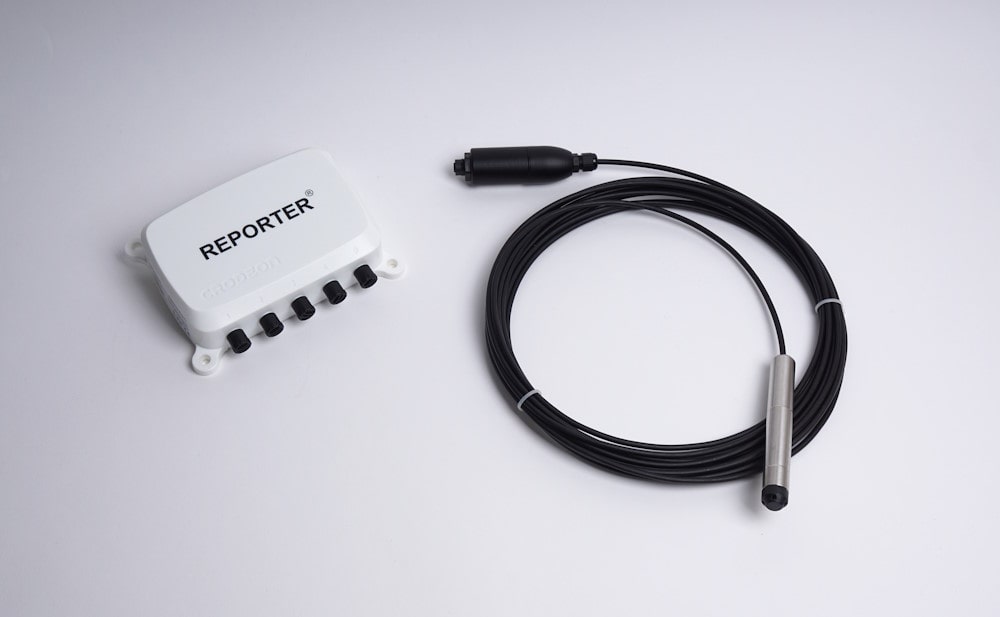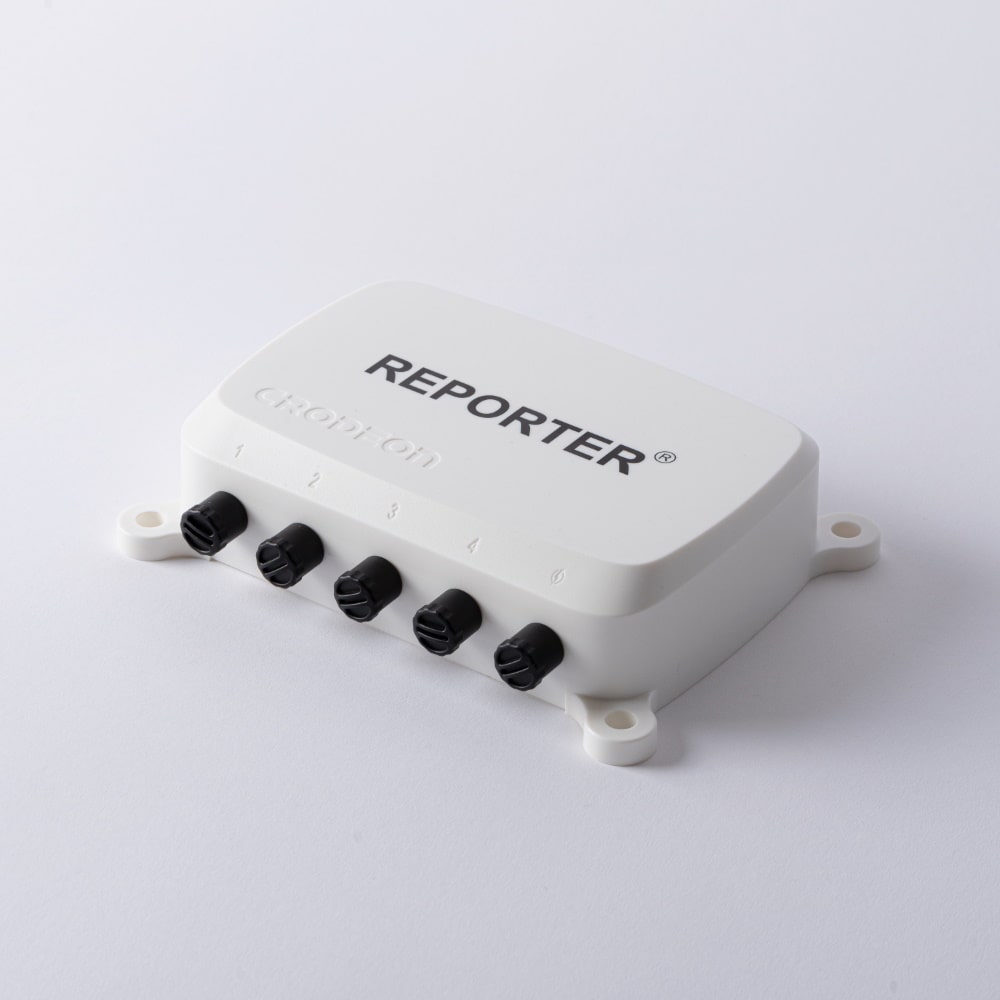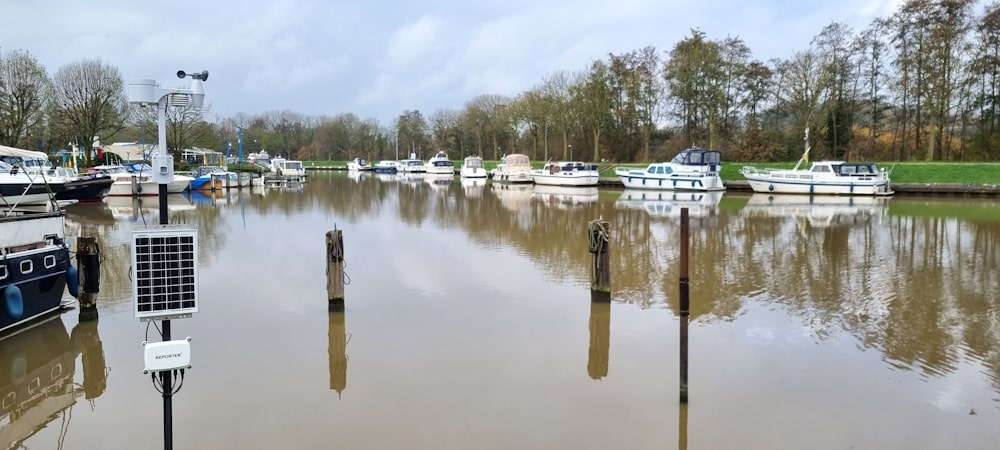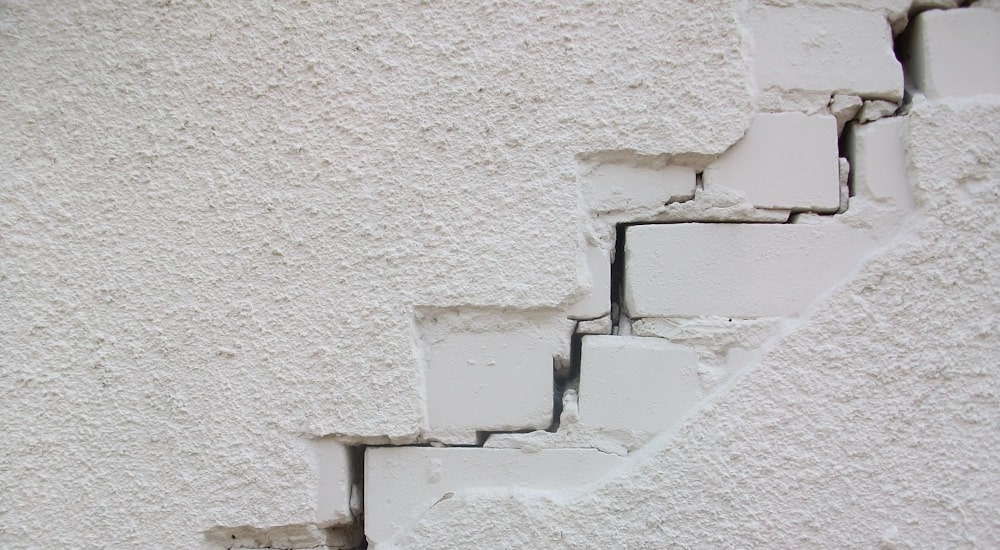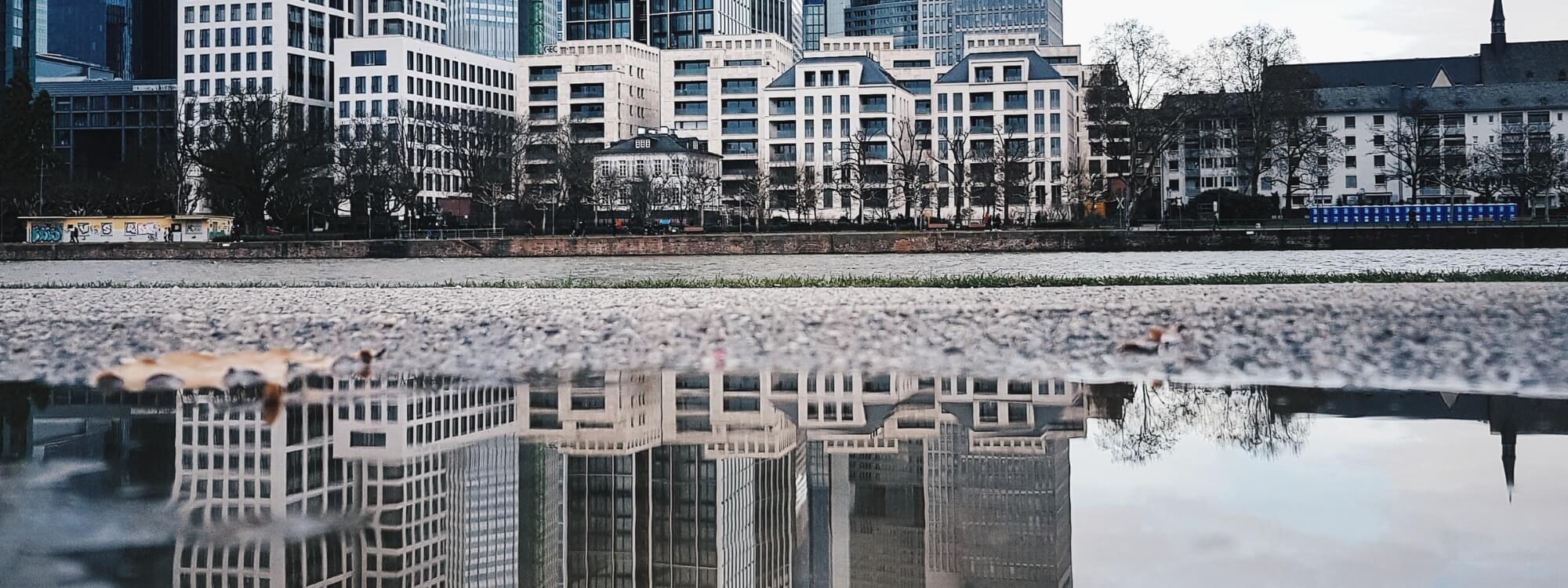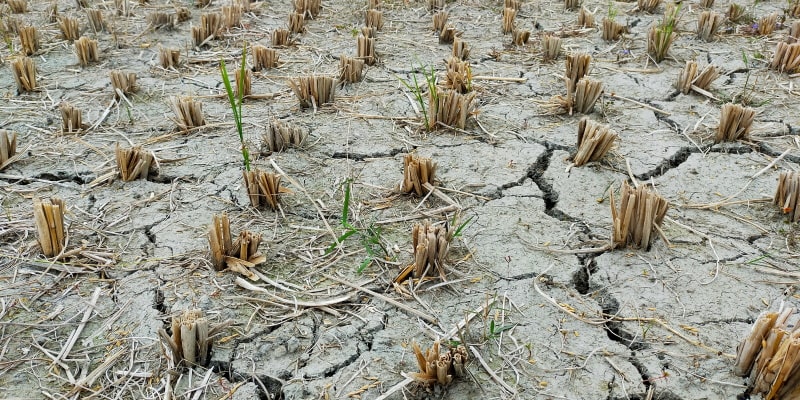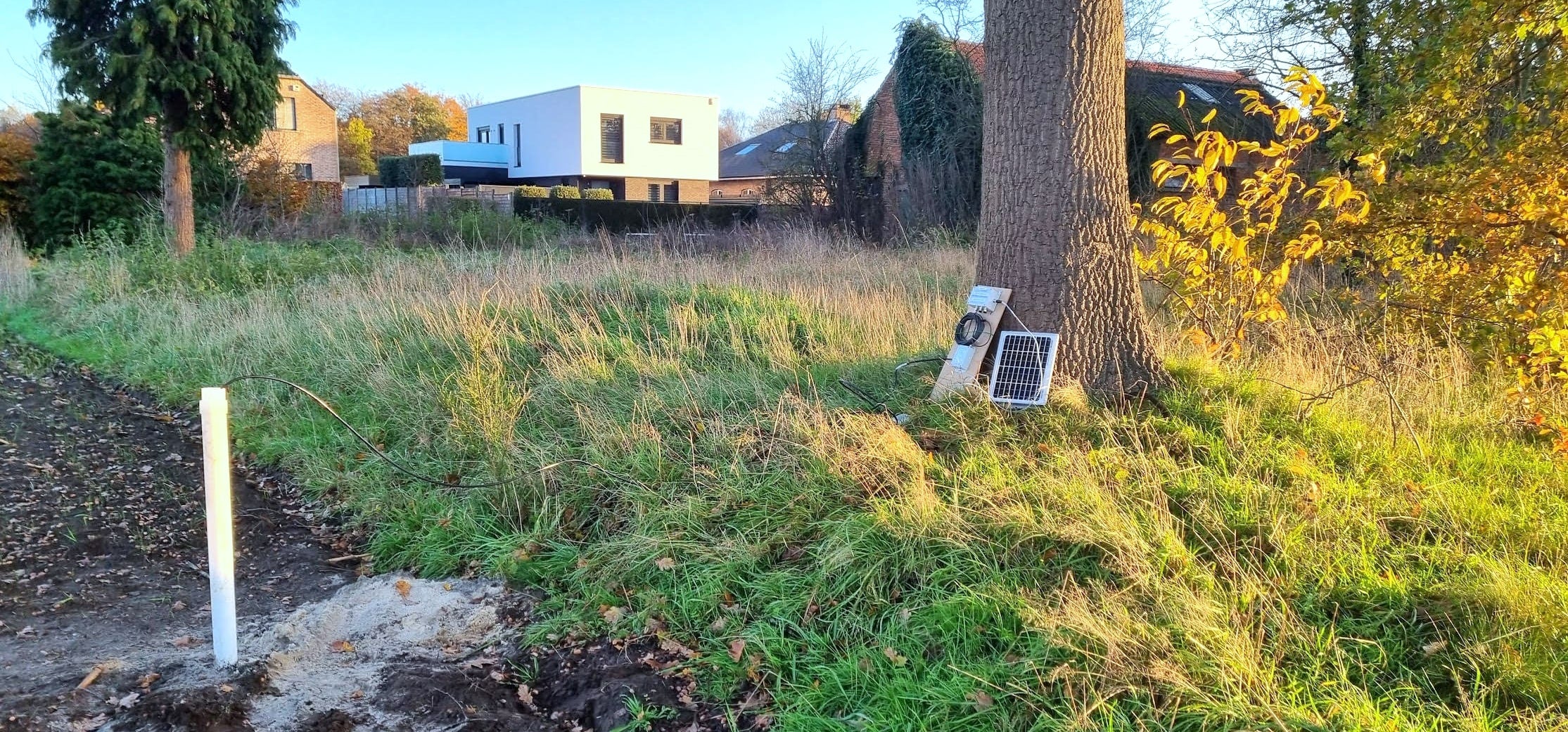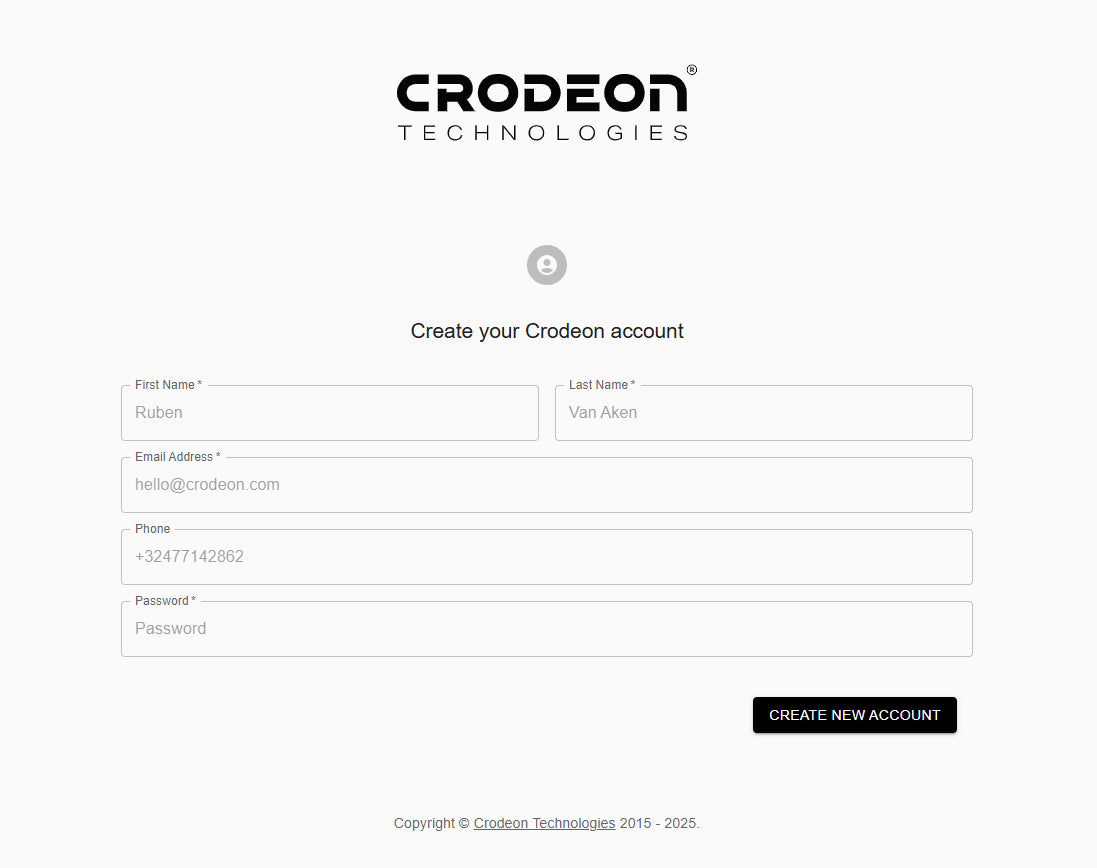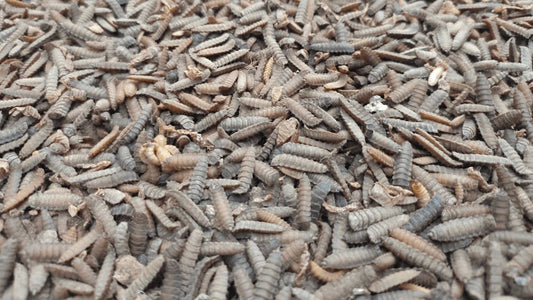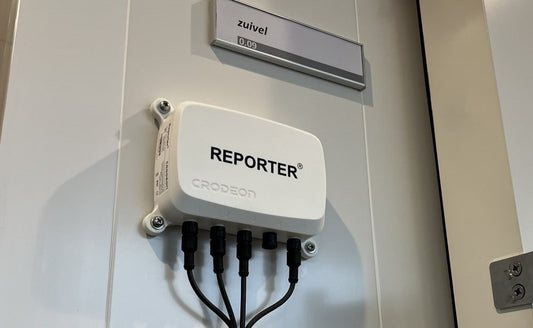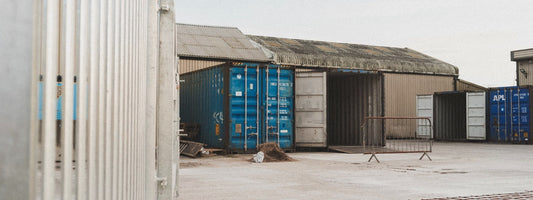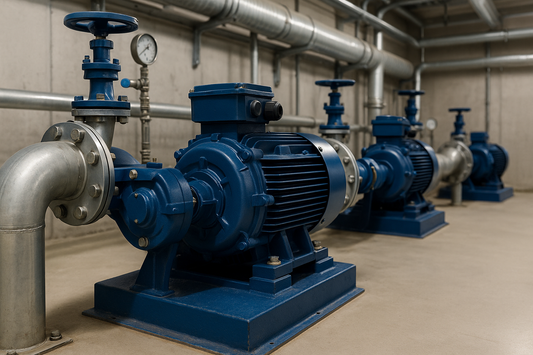Level measurement in a container or well
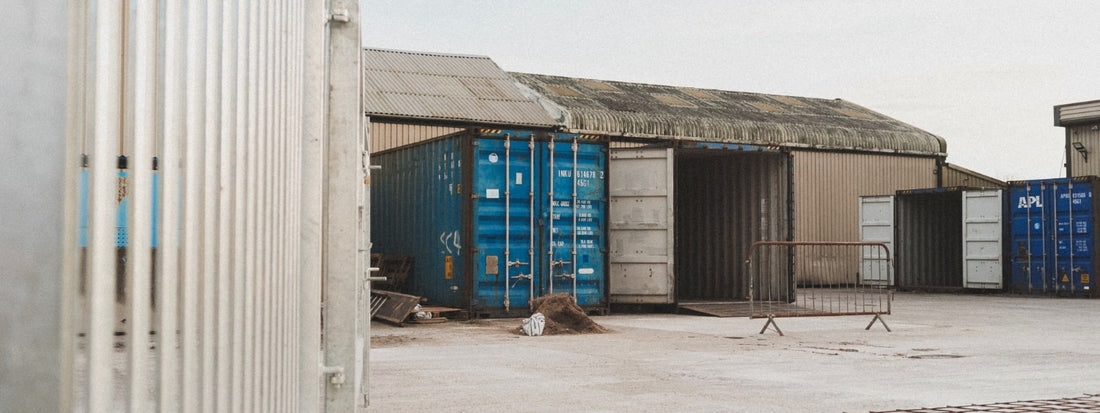
Ensuring accurate level measurement is pivotal in various industries, from temporary water storage to permanent petrol tank installations. In this comprehensive guide, we delve into different sensor technologies, providing insights to aid in selecting the most suitable solution for your needs.
Different kinds of level sensors
Depending on the kind of liquid you want to measure, you have different sensor options.
- Corrosive liquids: titanium submersible level sensor, radar level sensor, ultrasonic level sensor
- Non-corrosive liquids: stainless steel submersible level sensor, radar level sensor, ultrasonic level sensor
You can see our collection of level sensors here.
Measuring water level in a container using a radar level sensor
You could measure the water level with different techniques, one being a radar water level sensor. If you have enough space at the top, installing a radar sensor gets you water level measurements with an accuracy of up to 2 mm. One of the most renowned sensor manufacturers is Krohne, with their OPTIWAVE 15xx series.
Other options include the VEGAPULS C 11, or an ultrasonic distance sensor like the HRXL-MaxSonar-WRMT.
Using submersible level sensors for water level monitoring
Using pressure is another great idea if you have just limited space to install the sensor. You can either choose a submersible level sensor or just install a classic pressure sensor (like this pressure sensor from Honeywell) on the outside of a tank.
Submersible sensors are great because they require very little maintenance. Make sure however to choose a water level sensor that is suited for the liquid that is in the tank. The requirements for a diesel tank will be different from irrigation water. In the food business, or when you measure drinking water, make sure to ask for a proper certificate from the manufacturer. In many of these cases a titanium level sensor will be used.
Installing a pressure sensor on the outside of a tank will be cheaper in most cases, but of course your tank needs to have an opening on the bottom side in order for this to work.
Automatic data registration
To test the difference between the submersible level sensor and the radar level sensor, we connected them to our sensor module (Reporter). Reporter is a versatile remote monitoring module with a connection to the cloud (Crodeon Dashboard).
The system automatically logs its data, which means that we just had to download a csv file to get the graph below.

The graph above shows the data of this experiment over a period of three days and with a measuring interval of one minute. The water level has been decreasing slowly in this period, as indicated in the graph.
We installed these sensors in a container with a height of 200 cm, the pressure sensor on the bottom of the container and the radar level sensor fixed on the upper side of the container pointing downwards.
The submersible level sensor measures the distance between the bottom and the water surface while the radar level sensor measures the distance between the top of the container and the water surface.
Conclusion
Both sensors can be used to measure the level of the water in a container or well. Which level sensor is best suited for your project depends on two main factors:
- The first one is the environment you want to measure in and the type of liquid (corrosive or non-corrosive).
- The second factor is determined by the possibilities of installation.
The radar sensor needs quite some space while submersible sensors can be used in a 30mm pipe. Submersible sensors are slightly less accurate.
Easy plug & play data logging
Reporter is customisable to fit your needs. It communicates with a vast variety of sensors through our sensor adapters (even the sensors that you already own). The sensor device also has the option to be powered through grid power supply, a small solar panel, our battery bank, or a DIN-rail module. Depending on the power you have at hand you can choose the option that best fits your needs.
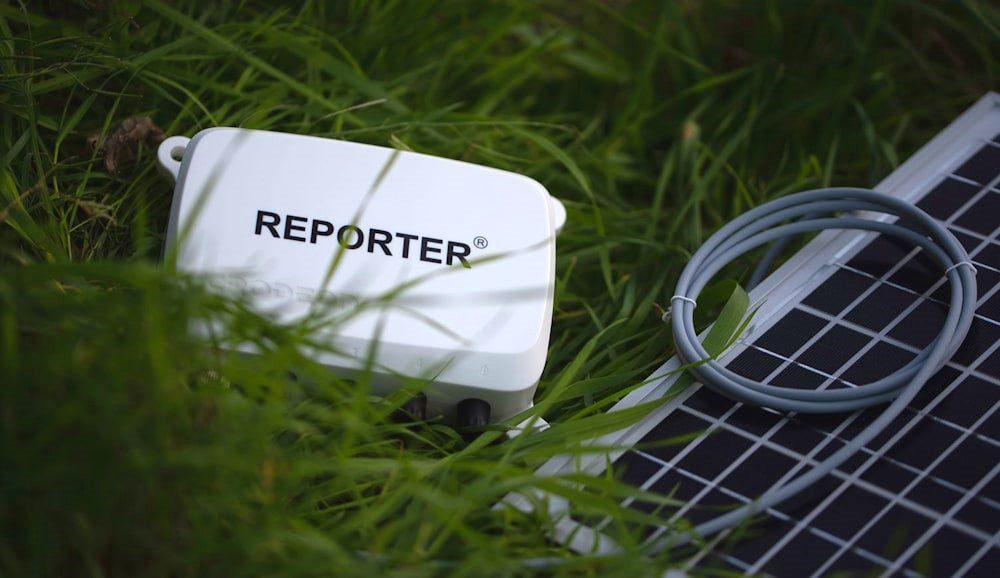
Easily measure level of liquids, wherever you are
Empower your water management endeavors with precision. Explore our range of level monitoring solutions that will surely elevate your monitoring system's efficiency.
Measuring water level at a marina
Measuring groundwater level in combination with crack monitoring
Measuring groundwater level
Measuring groundwater level at a construction site
Let's make waves together!
Embark on your Smart Water journey with confidence. Reach out to us today via our contact form, and let's collaborate to elevate your water management endeavours to new heights. Together, let's make waves in the world of precision measurement!

